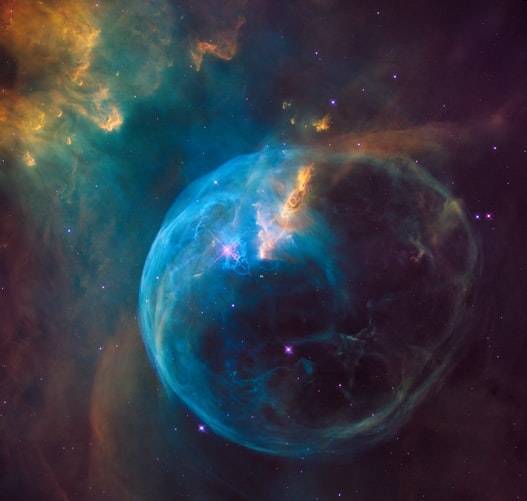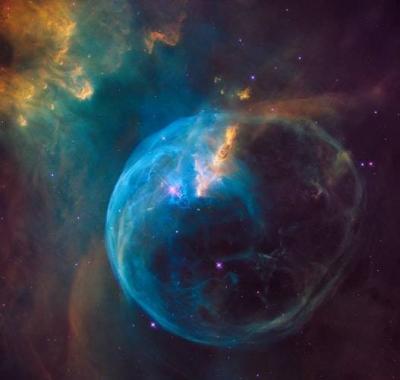The American space agency NASA recently announced the discovery of a planet described as "strange" that has sparked the interest of scientists in their search for life beyond Earth, as it could be remarkably similar to our planet. NASA explained that the planet is named TOI-1231 b and has an "unknown" atmosphere that is strikingly similar to neighboring planets, orbiting a star known as a "red dwarf" every 24 days.
The report detailed that researchers from a NASA laboratory and the University of New Mexico discovered the exoplanet orbiting the red dwarf star, from which scientists were able to distinguish it and measure the planet's radius and mass, providing them with essential data about its atmosphere. The planet has a moderate body resembling the size of Neptune and orbits the star every 24 days; it is eight times closer to its star than Earth is to the sun, but its temperature is similar to ours since the red dwarf itself is less powerful.
The atmospheric temperature of the planet is about 330 Kelvin (or 140 degrees Fahrenheit), making it one of the best small exoplanets accessible for atmospheric studies discovered so far.
The report continued that there may be high clouds in the atmosphere, possibly indicating the presence of water. Jennifer Burt, a scientist at the NASA laboratory, stated, "Future observations of the planet will allow us to determine how common or rare the formation of water clouds around these moderate planets is."
She added that more studies are needed to accurately understand how the planet formed and pointed out that its atmosphere is currently unknown. Burt noted, "One of the most exciting findings in the last two decades is that none of the planetary systems we've discovered so far appear to resemble our solar system."
She concluded that this new planet remains strange but is somewhat closer to Earth compared to most of the planets discovered to date, which often have extreme temperatures reaching hundreds or thousands of degrees.




